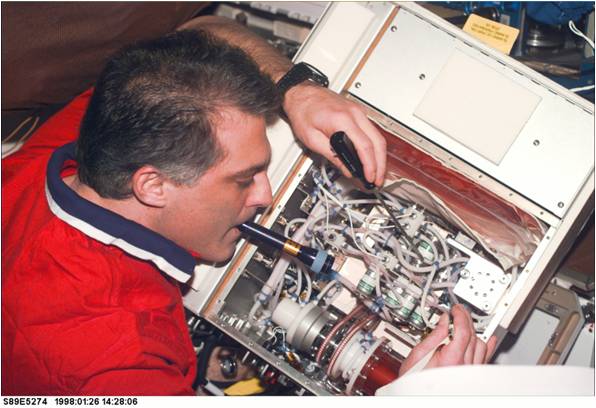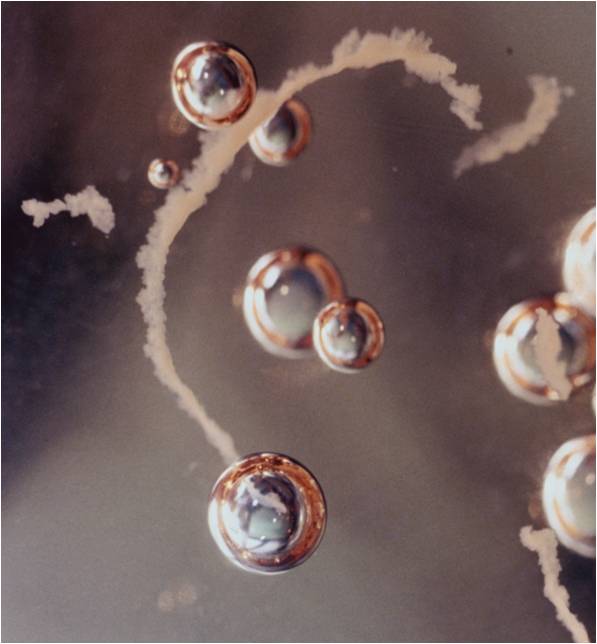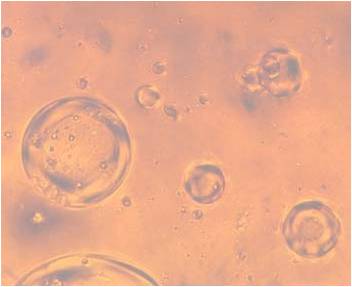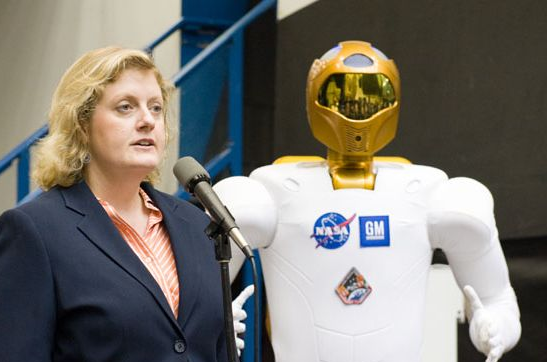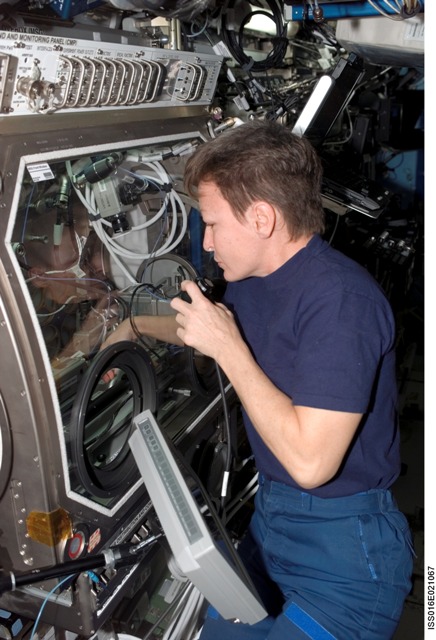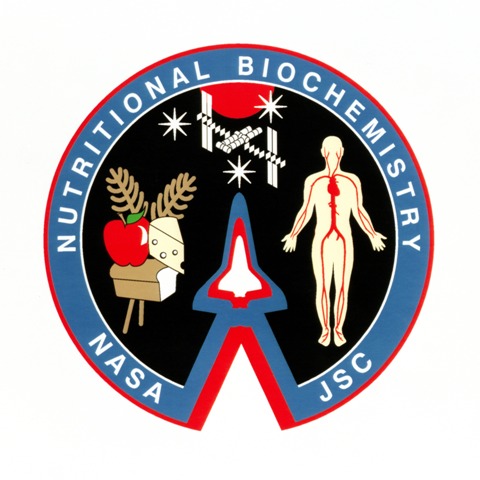Thisweek’s guest blogger, Dr. Peter Boul, shares some of the exciting facilitydevelopments for the International Space Station National Laboratory with thereaders of A Lab Aloft.
World-class research on the InternationalSpace Station would not be possible without a dedicated suite ofstate-of-the-art laboratory facilities and the project scientists that helpacademic researchers to use them. These are the resources that make experimentspossible and are invaluable to microgravity scientists.
The LightMicroscopy Module (LMM) is a case-in-point for a state-of-the-art facilityenabling high-impact scientific research. This module features a lightmicroscope capable of supplying images of samples on the space stationmagnified by up to 100 times their actual size. These images are digitallyprocessed and relayed back to Earth, where remote control of the microscoperesides. This allows flexible scheduling and control of physical science andbiological science experiments within the Fluids Integrated Rack or FIR on the spacestation. The present LMM will provide high-resolution images of samples andtheir evolution. In the near future, the LMM will produce 3-dimensional digitalimages, with the future addition of a confocal head for the microscope.

NASA astronaut T. J. Creamerperforming operations with the Constrained Vapor Bubble
or CVB investigation using the Light Microscopy Module.
(Image courtesy of NASA)
Dr. William Meyer, who works with scientistsaround the country to develop and complete their investigations using the LMM,recently gave a talk highlighting the microscope at the 2010 conference for theAmerican Institute for Aeronautics and Astronautics, known as AIAA. Accordingto Dr. Meyer, “the LMM is going to provide insights into many classes ofsamples because it provides a microscopic view of samples, which does notrequire theory to provide a bridge to understand what is going on [at themicro- and nanoscales].”

This 3-Dimage displays some LMM-ACE confocal imaging goals.
(Image courtesy of Dr. Peter Lu, Harvard)
APowerful Lens to Microscale Phenomena in Microgravity
The LMM concept is a modifiedcommercial research imaging light microscope with powerful diagnostic hardwareand interfaces. It creates a cutting edge facility that enables microgravityresearch at a microscopic level.
There are a variety of differentphysics, biology, and engineering experiments already scheduled to use the LMM.One such experiment, the Constrained Vapor Bubble experiment orCVB, is a jointcollaboration between NASA and Peter C. Wayner, Jr., Ph.D. of Rensselaer Polytechnic Institute. CVBinvestigates heat conductance in microgravity as a function of liquid volumeand heat flow rate to determine the heat transport process characteristics in acurved liquid film. The data from this experiment may help scientists andengineers develop reliable temperature and environmental control systems forinterplanetary travel. The information from CVB may also lead to improveddesigns of systems for cooling critical components in microelectronic devices hereon Earth.
VisualizingMolecular Machines
The LMM can also facilitate studies innanotechnology and nanomaterials. Understanding and predicting the forcesbetween nanoscale particles is critical in the design of nanoscale materials. Thescience community is interested in learning more about the forces that regulatemolecular machines, which are crafted for integrationinto new materials and new medicines.
To this end, researchers such as Dr.David Weitz and Dr. Peter Lu with Harvard University, Dr. Paul Chaikin with NewYork University, Dr. Matthew Lynch with Proctor and Gamble, and Dr. Arjun Yodhwith the University of Pennsylvania, along with NASA Glenn Research Center areworking together to conduct a series of Advanced Colloids Experiments or ACE. This investigation looks at howorder arises out of disorder, colloidal engineering, self-assembly, and phaseseparation. Some of the early microgravity colloids work demonstrated used modelingatoms with hard-sphere colloids to understand this idea of order arising fromdisorder. The ACE experiments may give scientists a better description of themagnitudes of the forces that operate on the nanoscale and how to control them.The potential applications from this work are vast and may apply to such topicsas the design of molecular and biomolecular machines, nanoelectromechanicalsystems, and methods for enhancing the shelf-life of medicines and foods.
Using the LMM facility is just one wayin which an investigator can employ the station to pave a path to success in spaceresearch. Investigators now have a wide variety of instruments at theirdisposal on this orbiting laboratory. The outlook for the International SpaceStation National Laboratory is bright and ready to contribute to the next generationof great discoveries in science.
MoreFunding Opportunities
The LMM is a fixed facility on the space station and is available for use forlaboratory experiments. National Laboratory investigators can use this facilitythrough agencies, such as the National Institutes of Health, the NationalScience Foundation, and the Department of Energy. Researchers who wish to seetheir experiments on the space station can find out how to take advantage ofthe opportunity to use facilities, such as the LMM, by visiting the NationalLaboratory For Researchers Webpage. For specific questions, contact the help line at281-244-6187 or e-mail jsc-iss-payloads-helpline@mail.nasa.gov.
Dr. Peter Boul
NASA’s Johnson Space Center
International SpaceStation Program Science Office
Dr.Peter Boul is the Physical Science and External Facilities Specialist in the InternationalSpace Station Program Scientist’s Office. He is an author to numerous patentsand peer-reviewed publications in nanotechnology. Dr. Boul earned his Ph.D. inchemistry under the tutelage of 1996 Nobel Laureate, Prof. Richard E. Smalley.Following his doctoral studies, he was granted a 2-year postdoctoral fellowshipfrom the French government to work with 1987 Nobel Laureate, Prof. Jean-MarieLehn, in dynamic materials.

